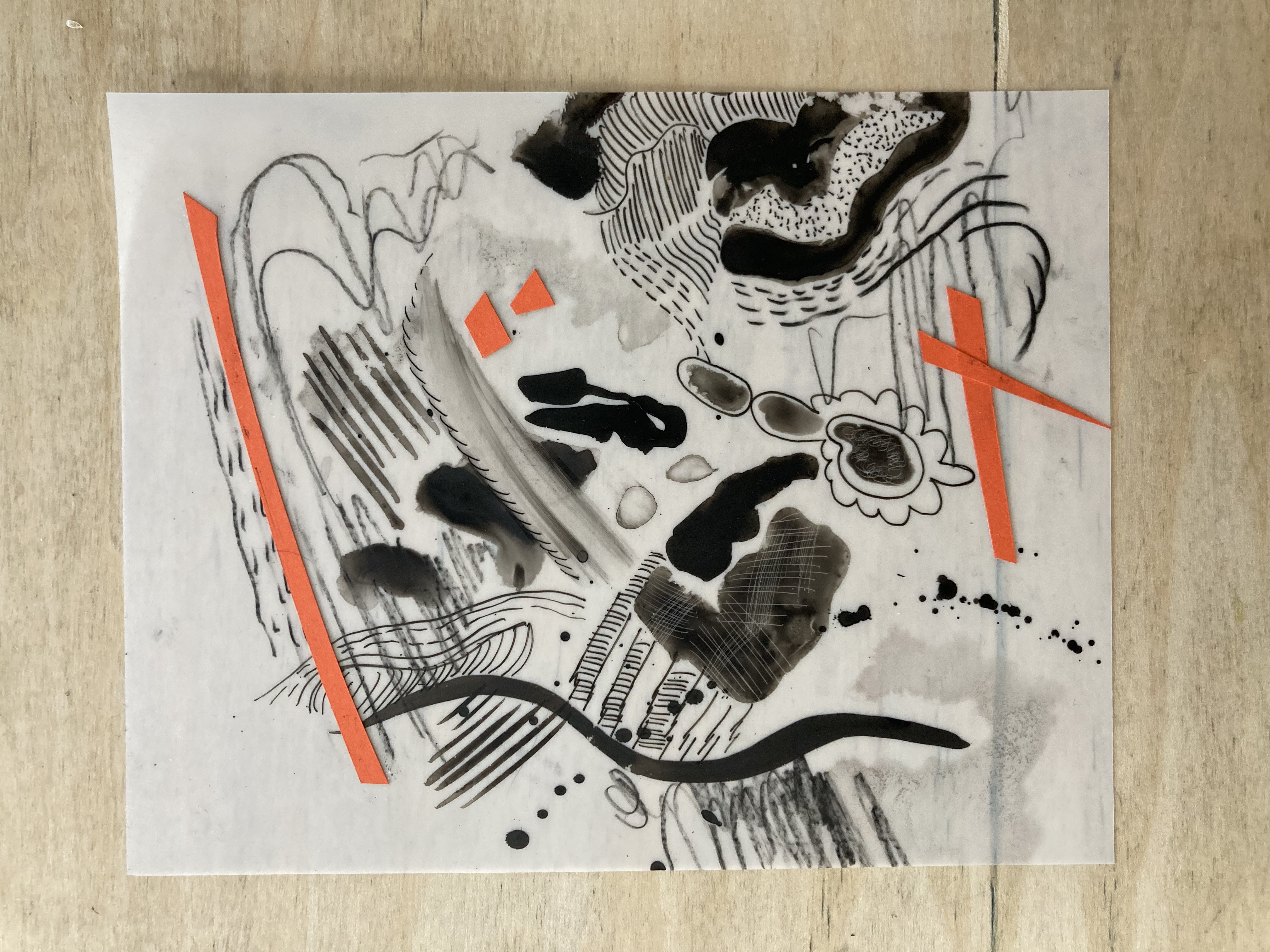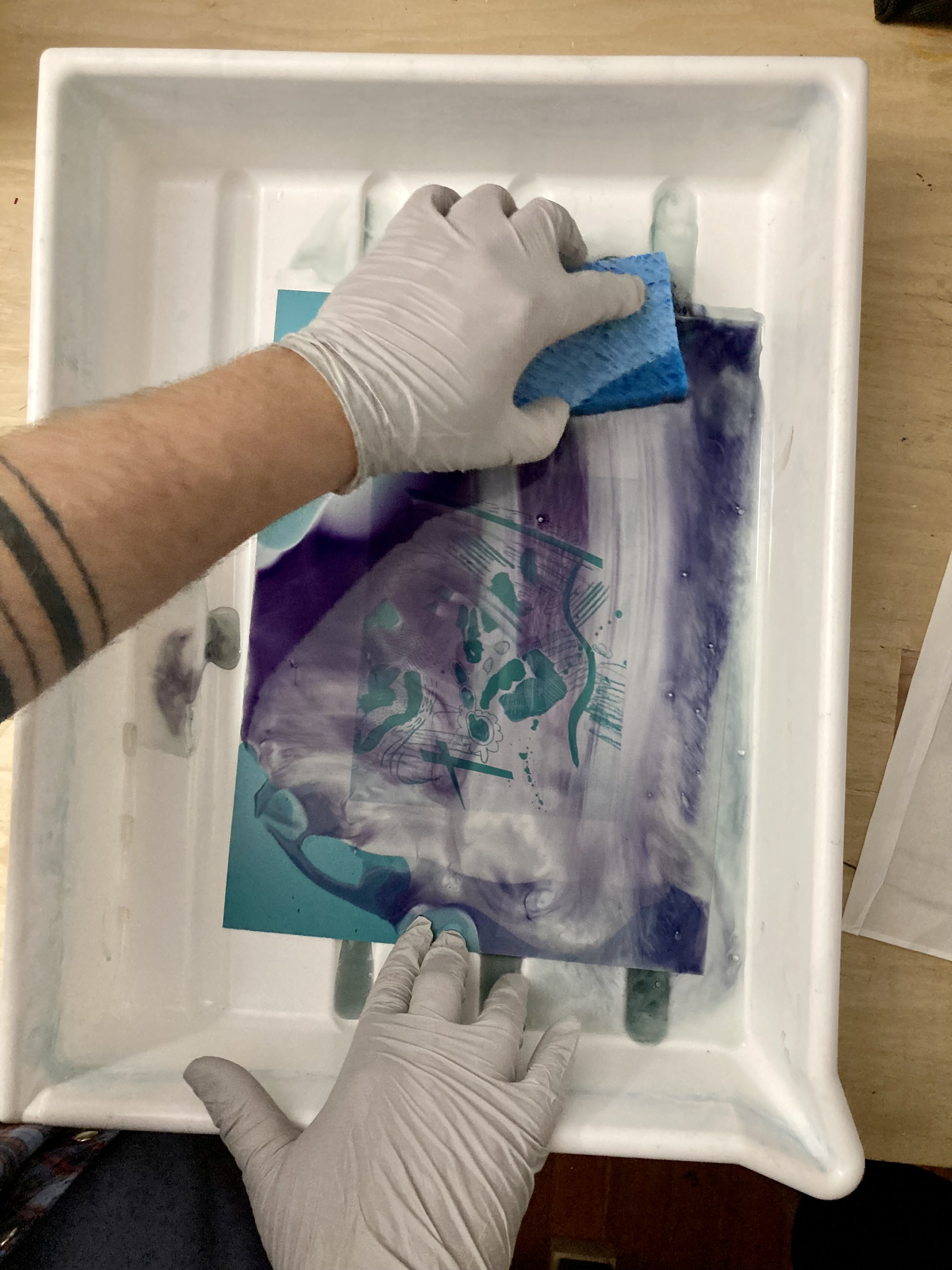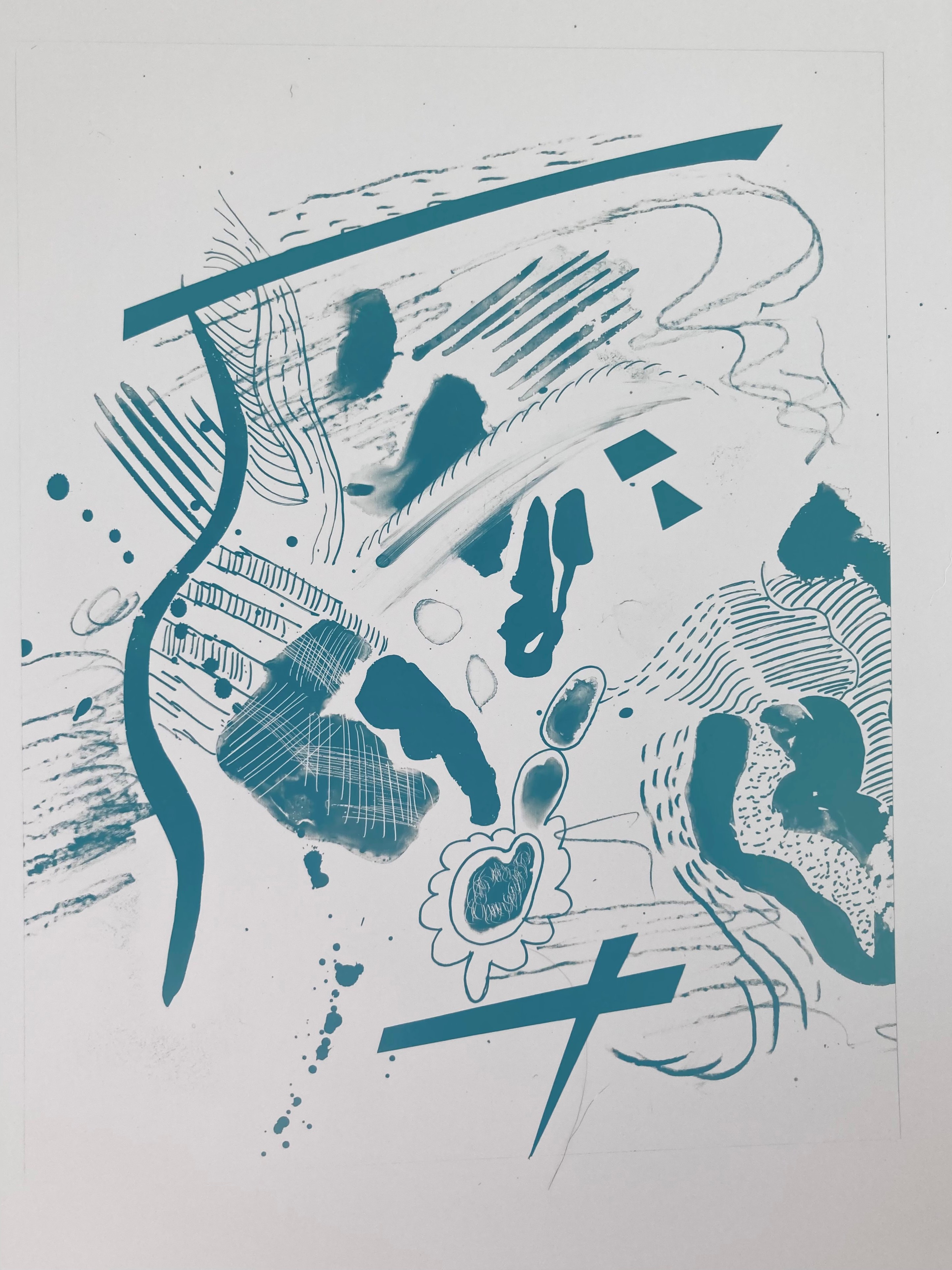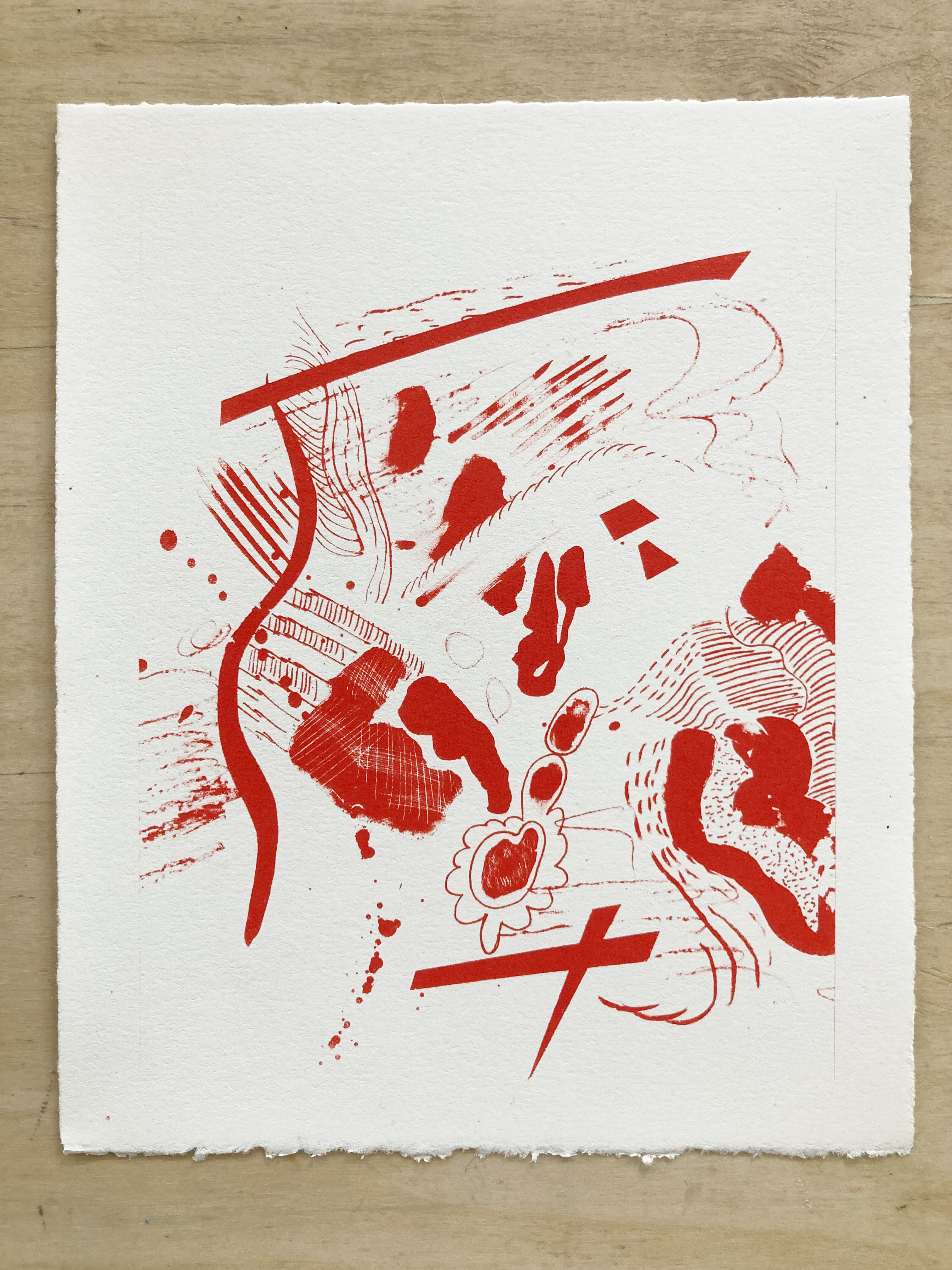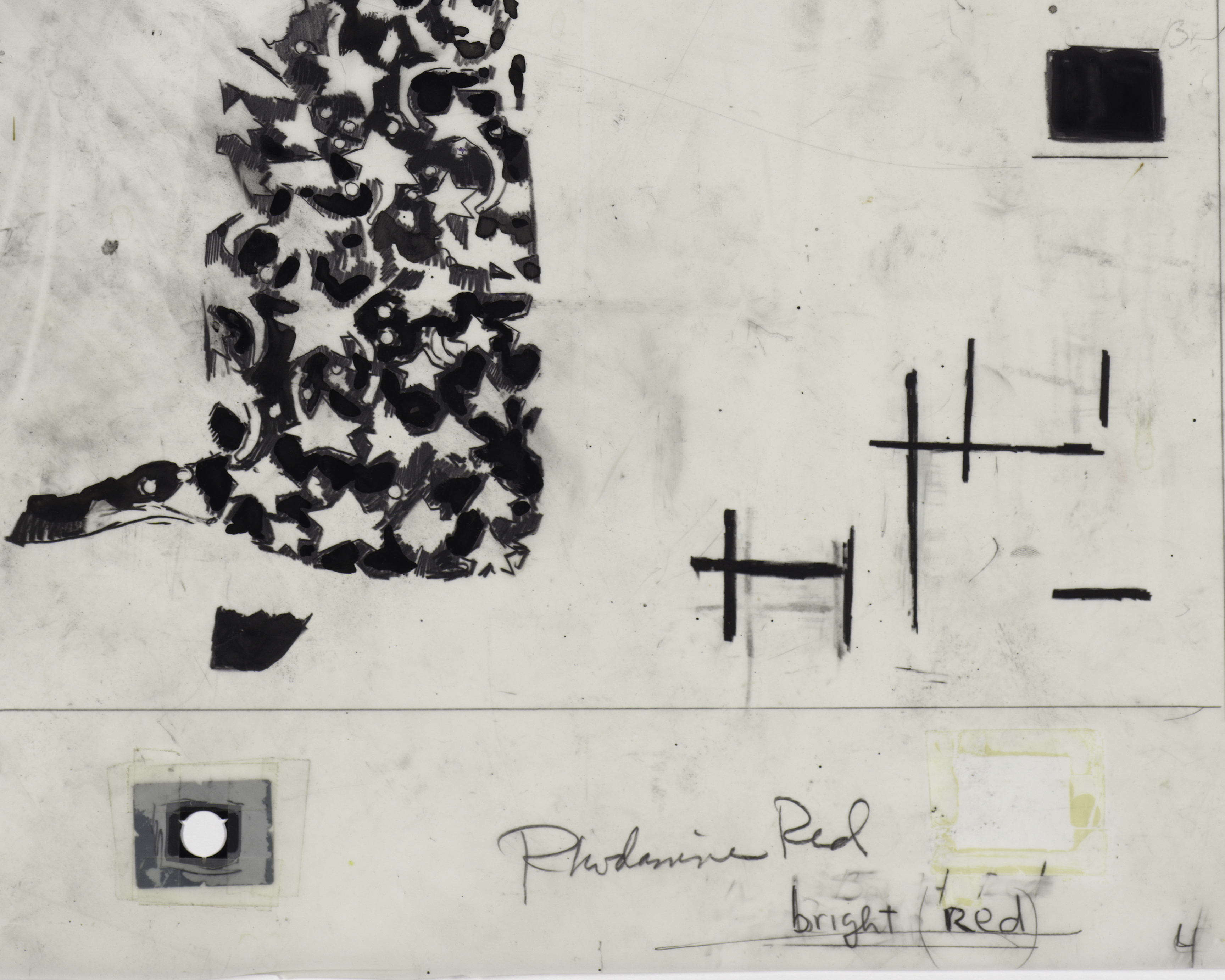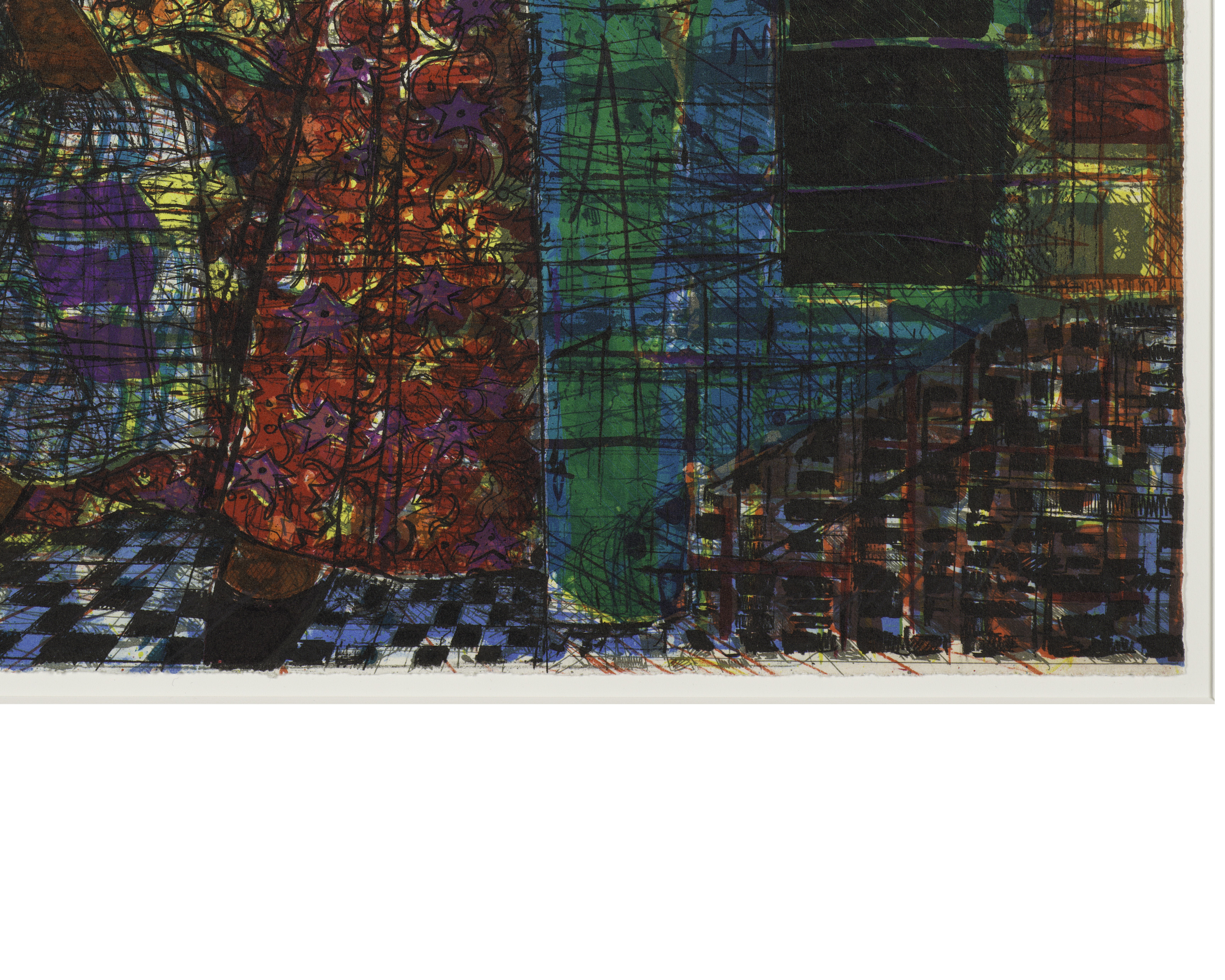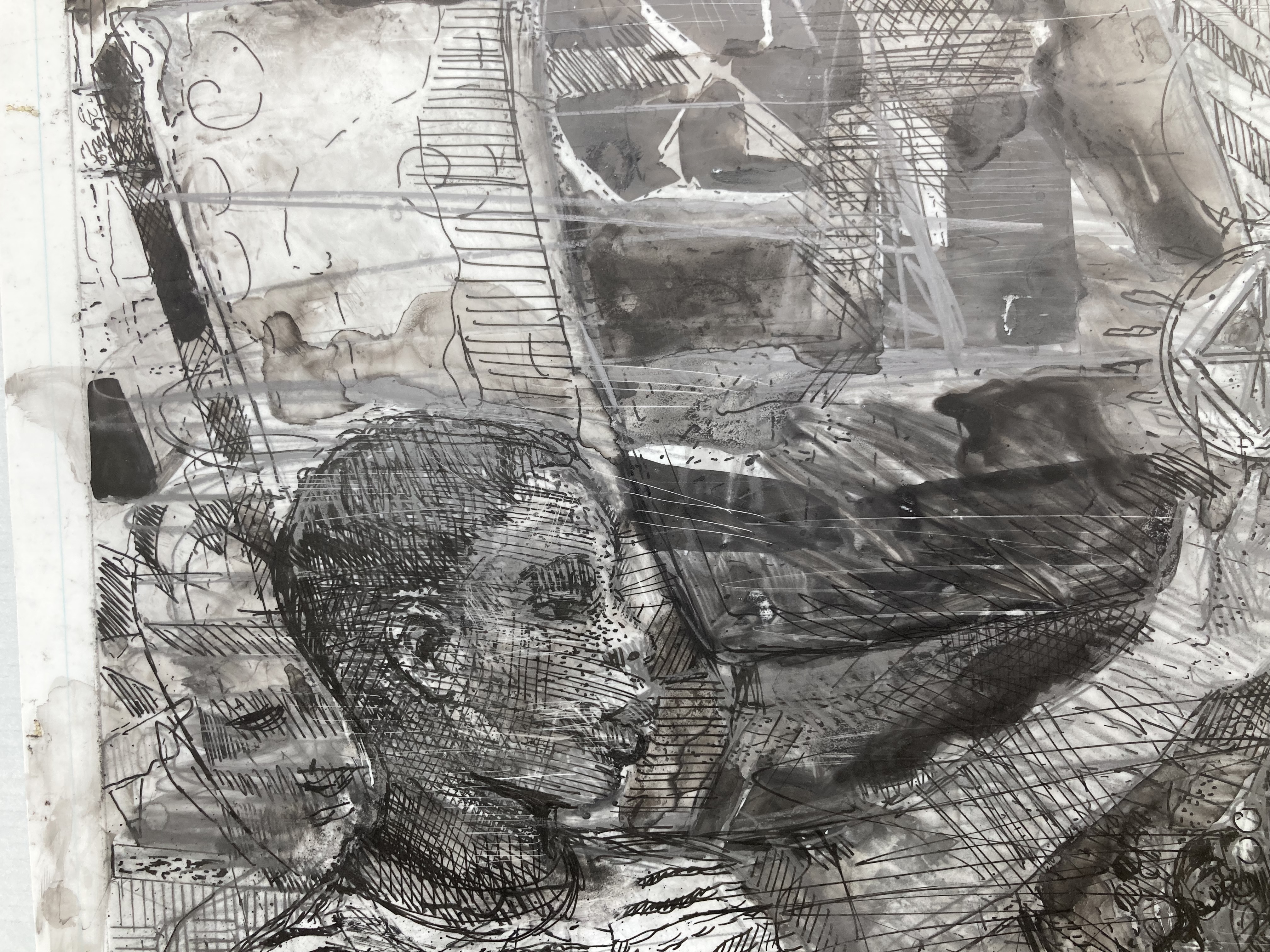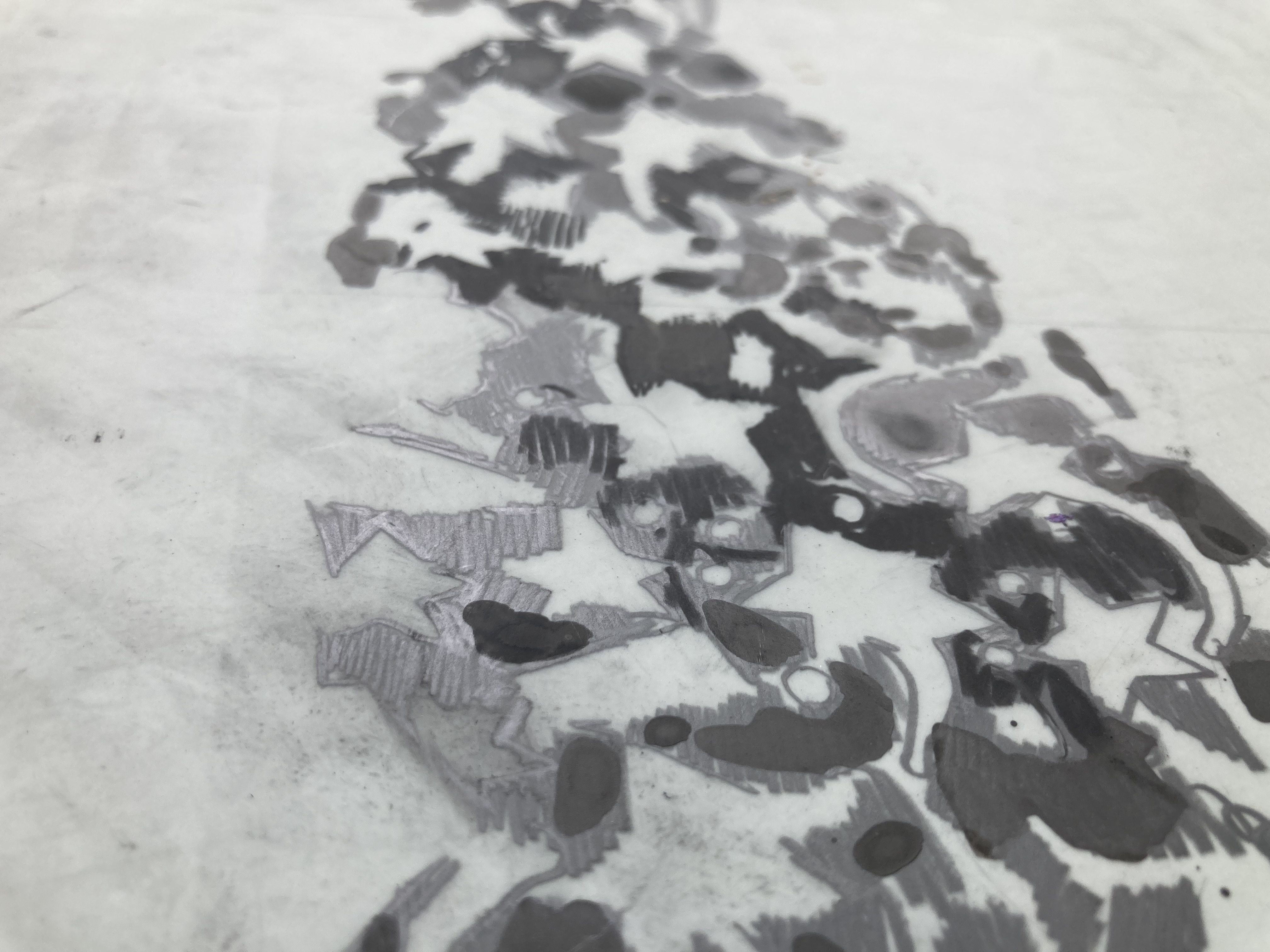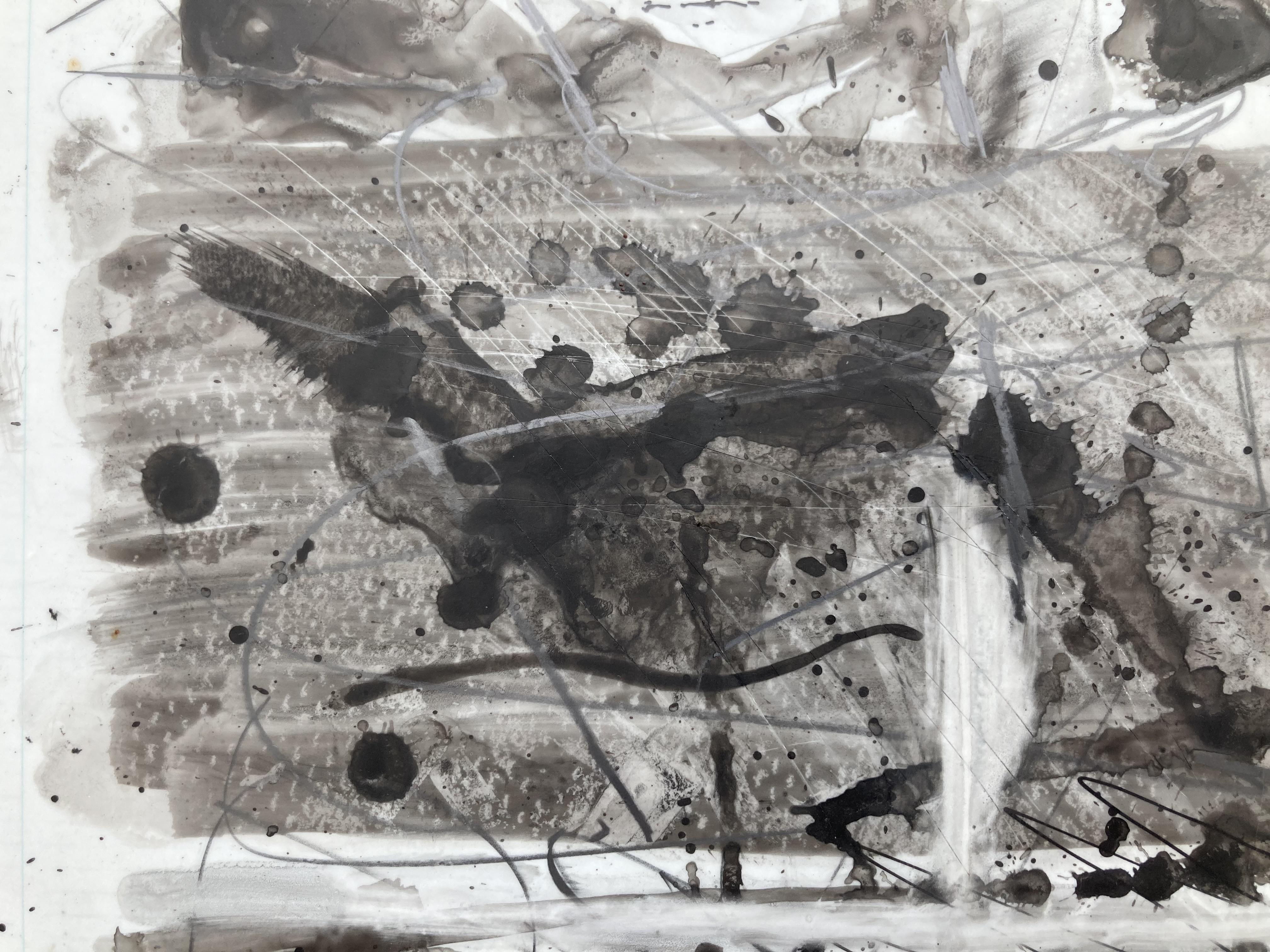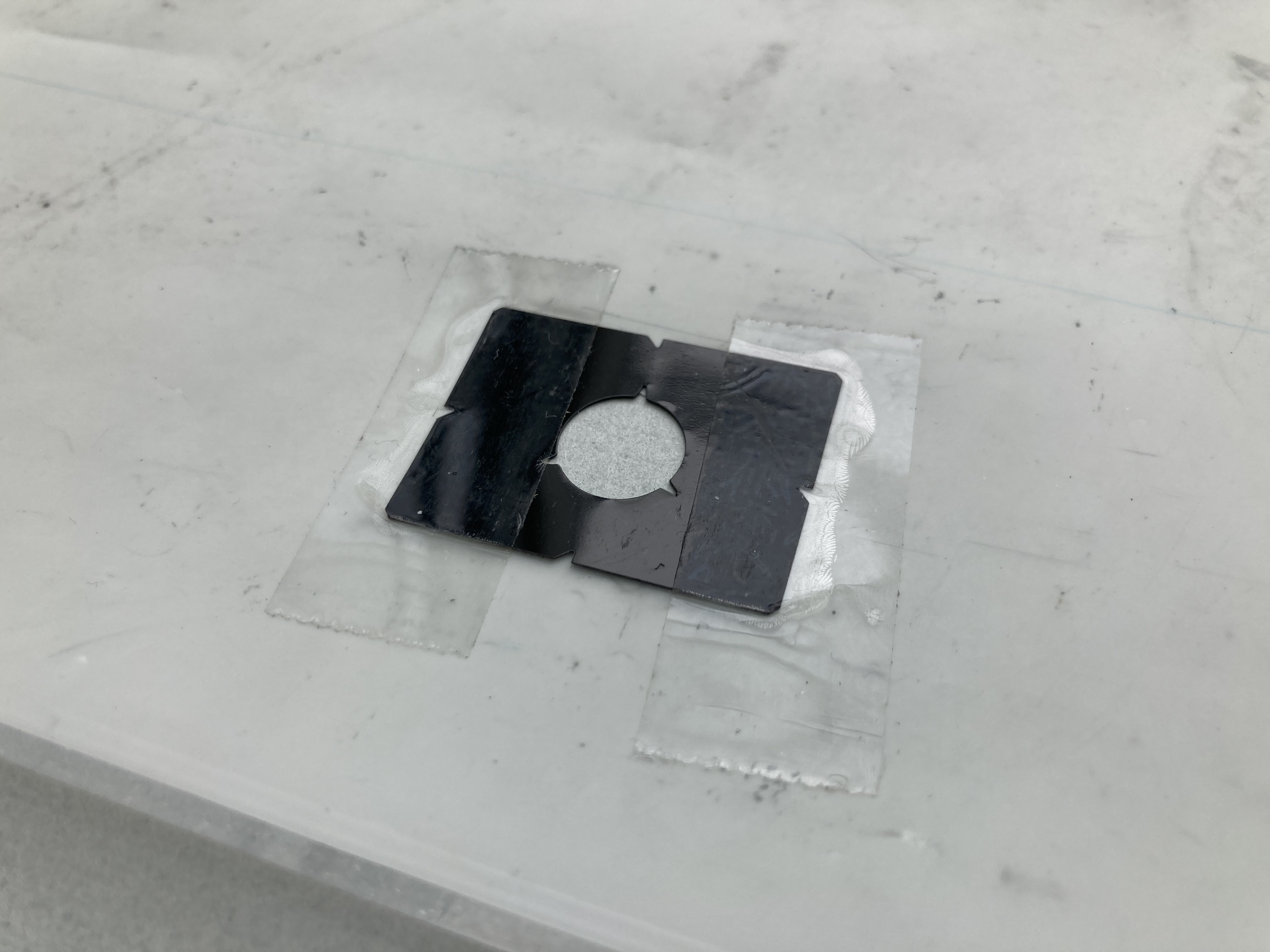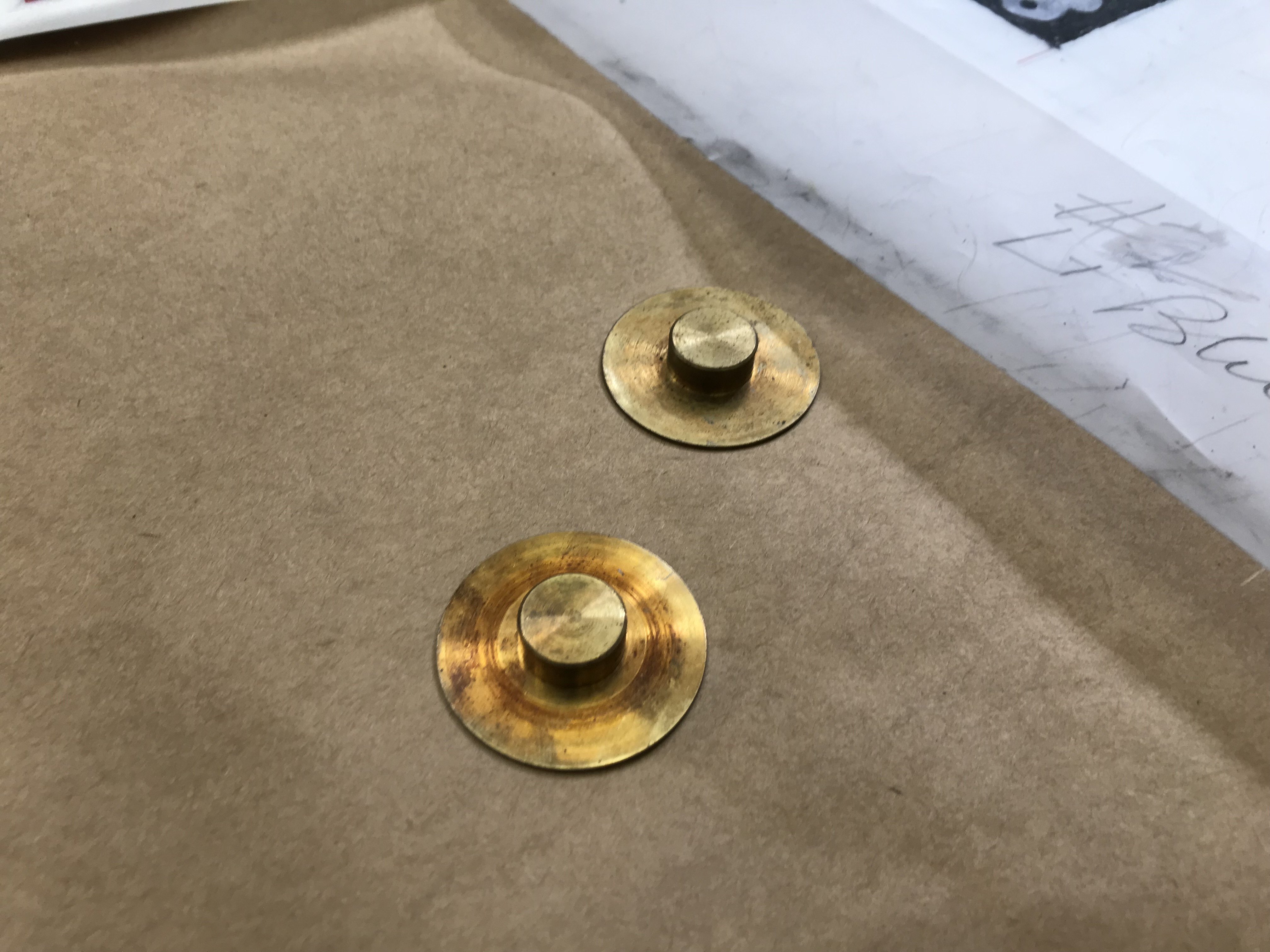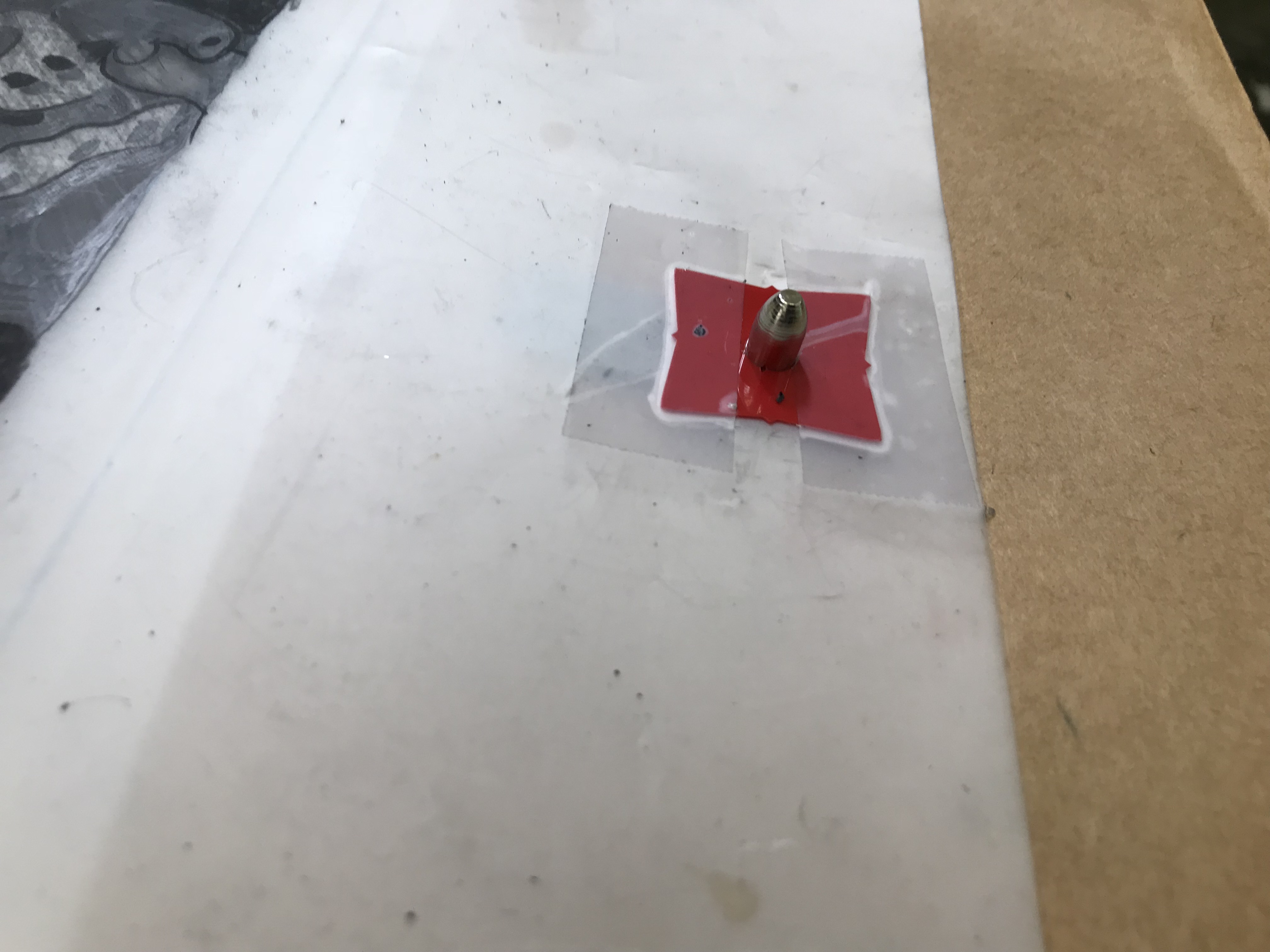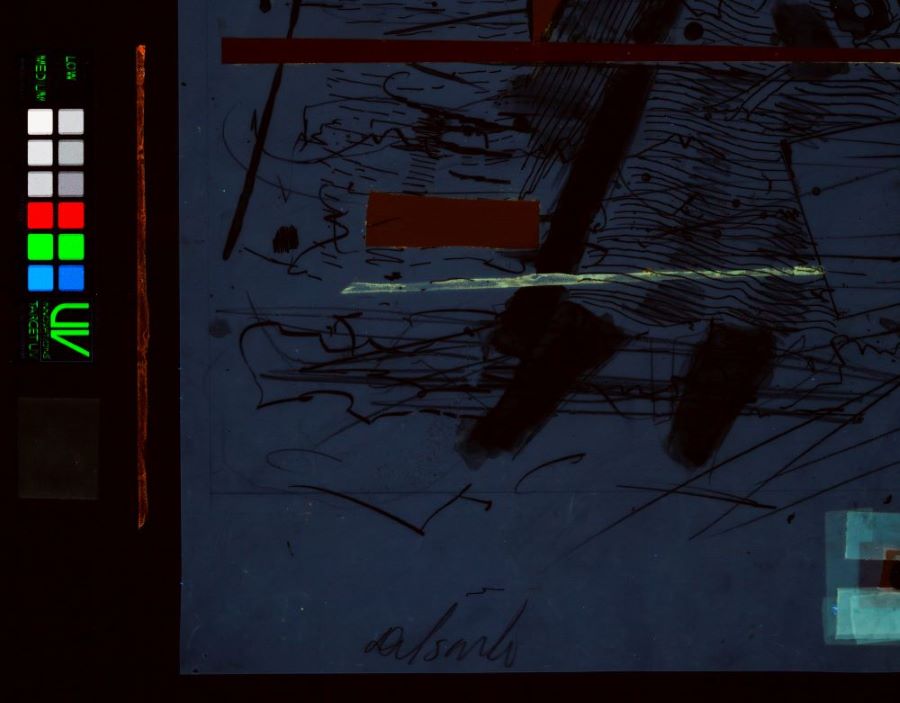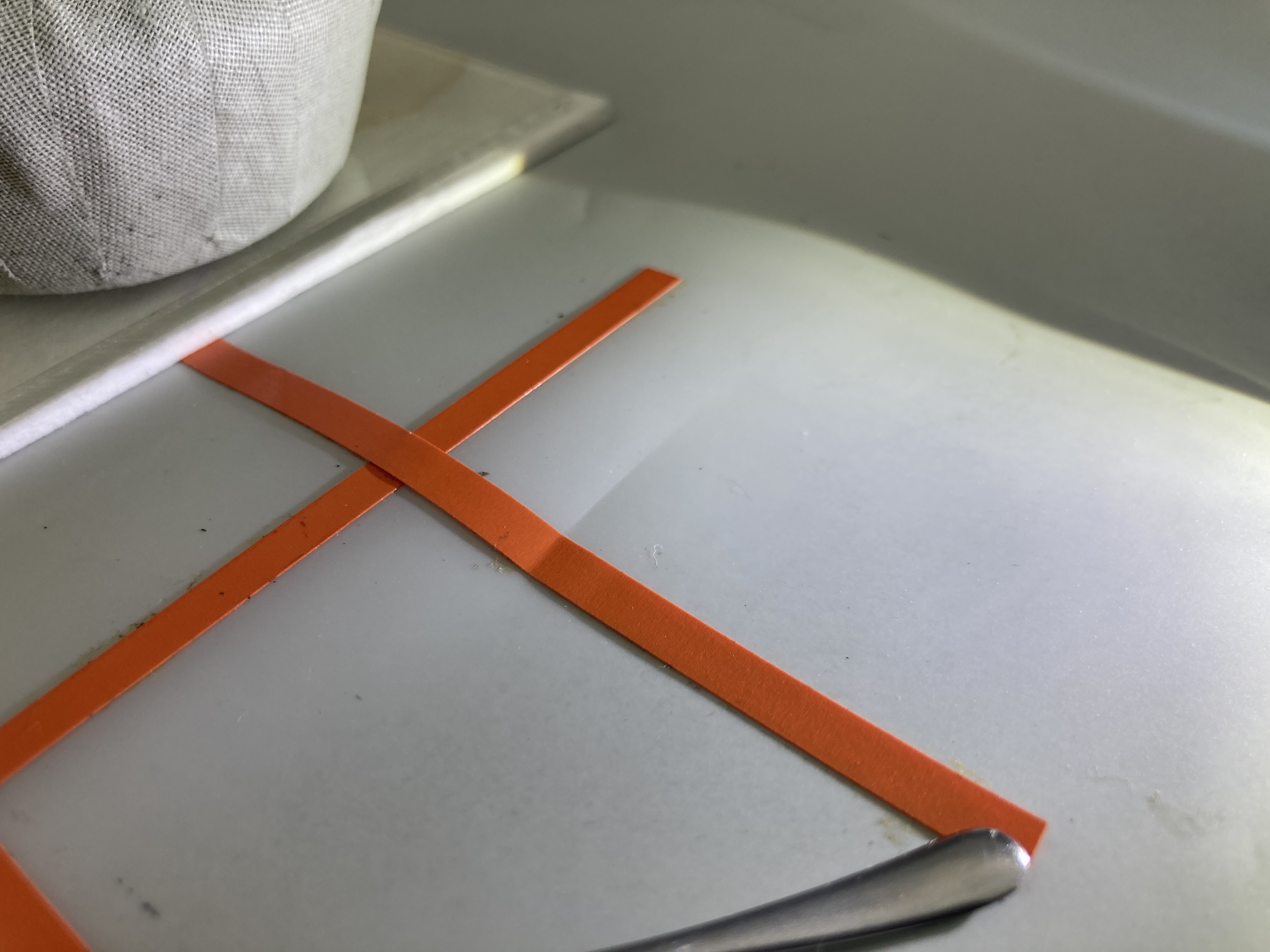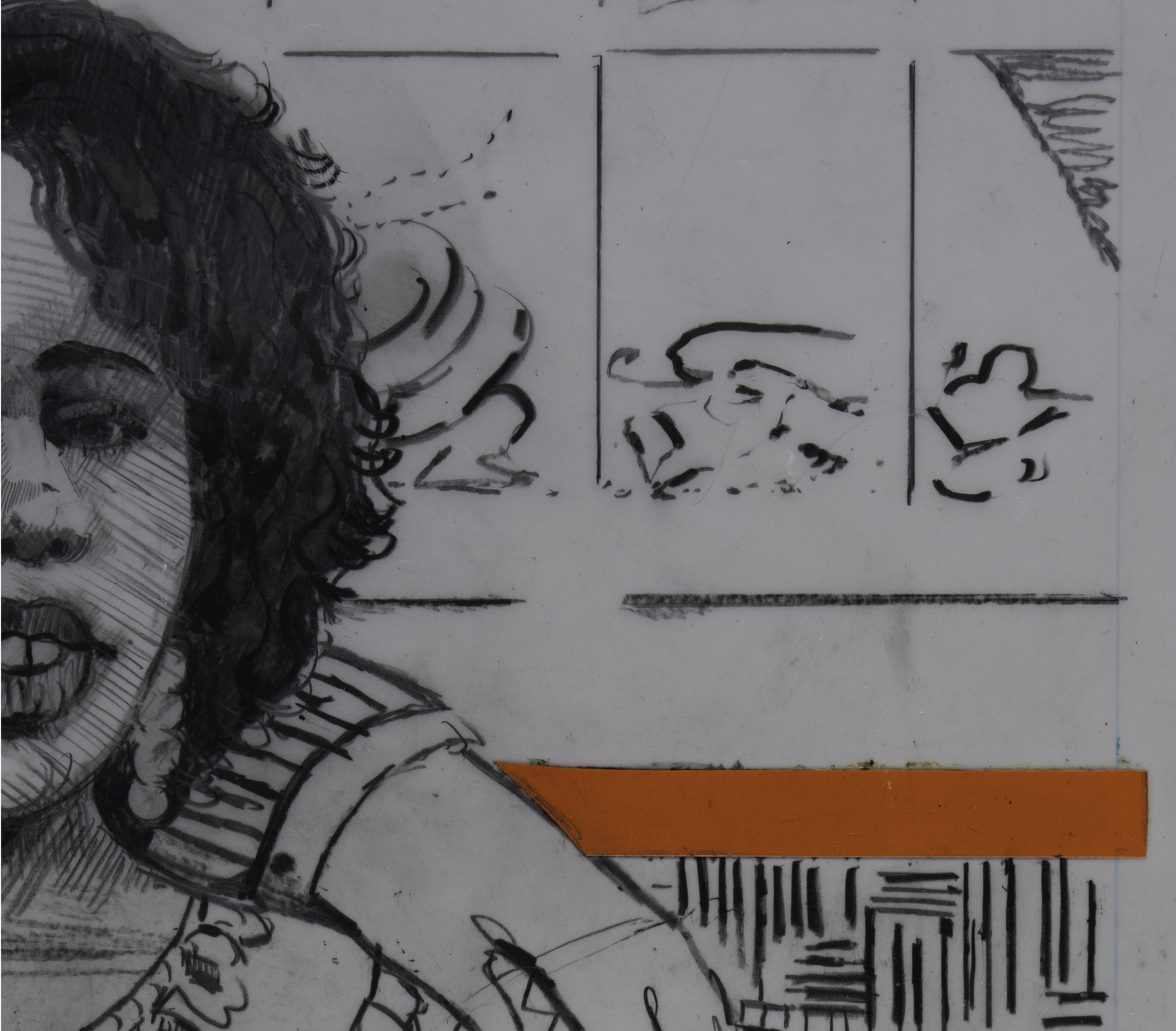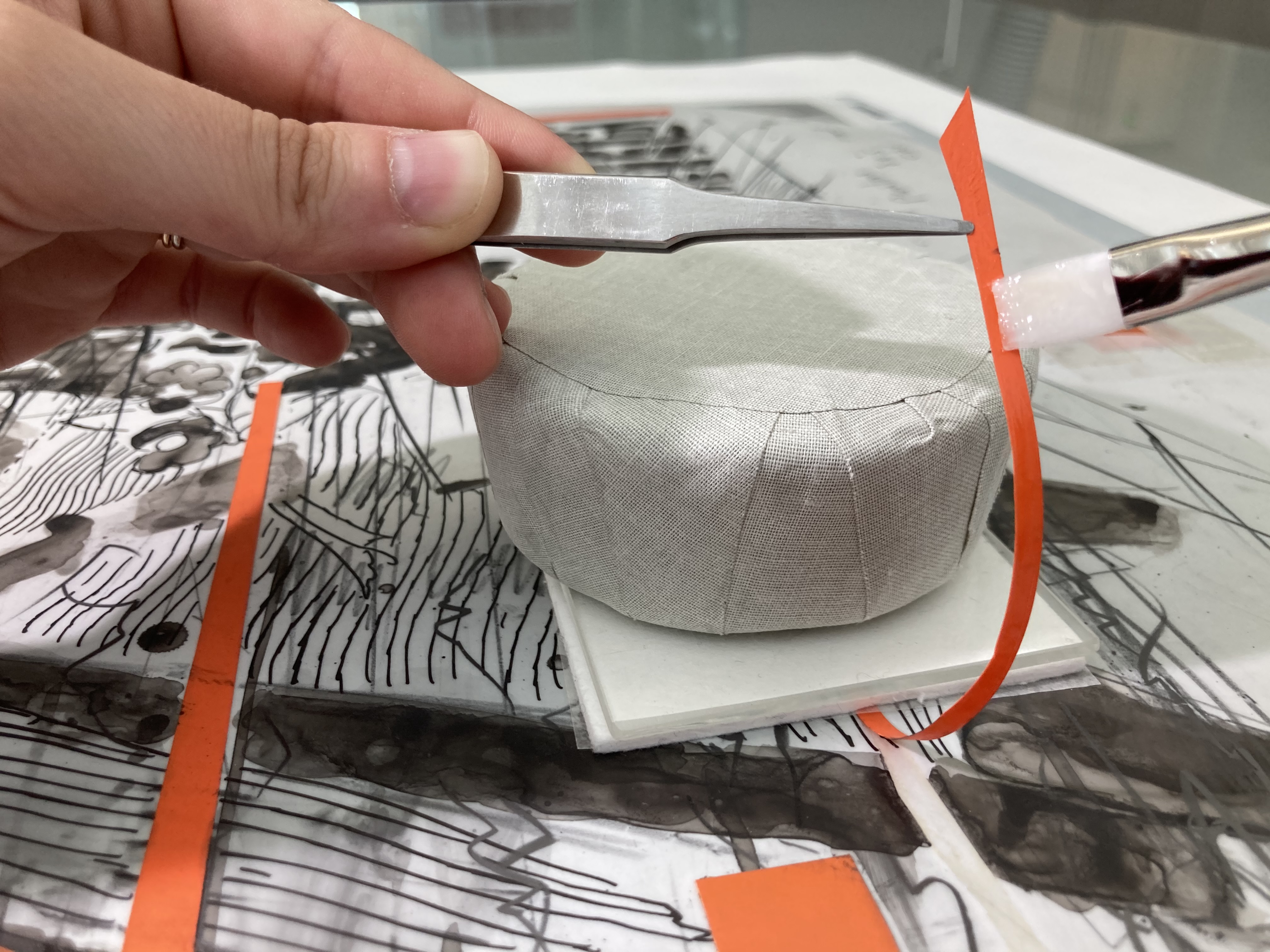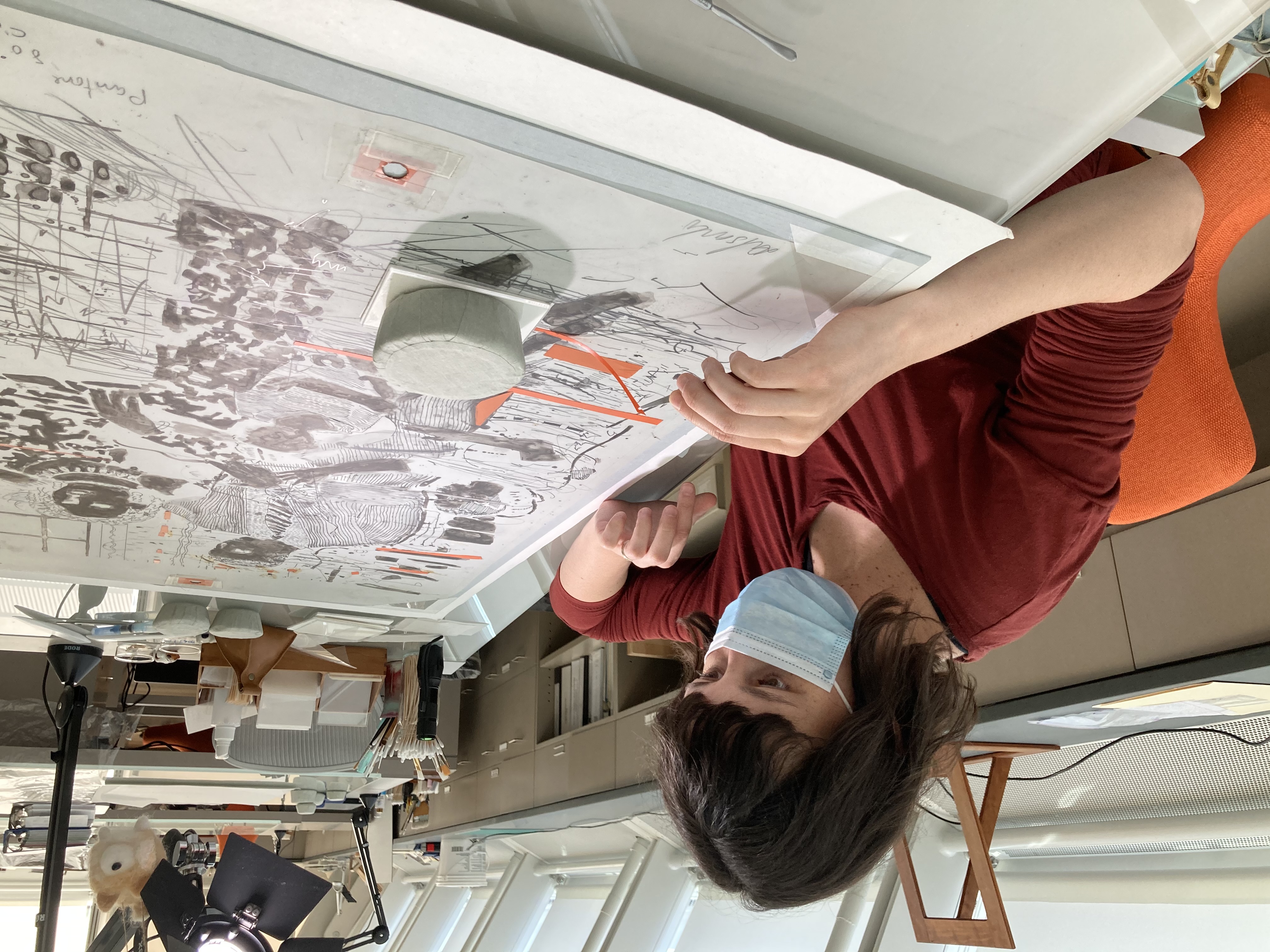Analysis of Plastics
Plastics represent one of the most fragile materials in a museum collection. They were never designed to last forever, and they will degrade over time. It is important for museums to know what plastics are present in their collection, because while degradation cannot be stopped, it can be slowed, preserving the plastic for longer.
It is very difficult to know what objects contain plastic without conducting scientific analysis. Thankfully, this is possible in the Straus Center for Conservation and Technical Studies, where a particular focus recently has been the identification of plastics throughout the collections. Analysis requires a sample, which is very small, about the size of a grain of sand. It was decided, in consultation with exhibition curator Elizabeth Rudy, that it was important to take samples to identify the plastic components of Delsarte’s separations so that the museums can continue to care for them in the best way possible.
Analysis revealed that the plastic sheets are made of poly(ethylene terephthalate), abbreviated to PET, and commonly known as Mylar. There is a thin coating on the surface of the plastic sheets that contains a mixture of poly(methyl methacrylate), often shortened to PMMA and commonly known by its commercial names such as Plexiglas or Perspex, mixed with silica. This coating gives the plastic sheet a matte surface on which the drawing materials have been applied. Both PET and PMMA are two of the more stable plastics, meaning that they degrade relatively slowly in comparison to other plastics and are more resistant to yellowing, a common observation of aged plastic.
The plastic reinforcements and orange strips were identified as poly(vinyl chloride), often referred to as PVC. PVC is considered one of the most at-risk plastics in museum collections, because it degrades quicky in comparison to other plastics, such as those mentioned above. Some PVC includes plasticizers, which are added to make the plastic more flexible. The loss of plasticizers is one of the early degradation processes for PVC. They leach out of the plastic, forming droplets of liquid on the surface. This process damages the materials around it and leaves the plastic brittle. Fortunately, the PVC that Delsarte used does not have any plasticizers.
Polyisoprene, a form of rubber, was identified in the adhesive used to attach the orange strips and color swatches to the separations. Rubber is another of the most at-risk plastics in museum collections. It degrades by reacting with oxygen in the air, causing it to become thin and to crack. The same is true of rubber-based adhesives, which eventually fail because of degradation.
Condition and Treatment
Because these color separations were working tools, it is important to account for the evidence of use when assessing the condition and proposing conservation treatment. There are stains, creases, and marks that might be considered typical condition concerns for other works of art, but in this case, these features speak to how Delsarte and the printers at Brandywine worked and actively used these materials.
The rubber-based adhesive (likely a rubber cement) that Delsarte used to glue down the orange plastic strips in 1995 had embrittled, which led to its weakening and ultimately the lifting and detachment of some of the strips. Since these components were critical to the original functionality of the color separations, it was essential to reattach them in the proper location.
Three methods were used to find the original locations of the detached strips. The first technique was examining the Mylar sheets under ultraviolet (UV) illumination. Different materials fluoresce differently under UV, and in this case, the remains of the rubber-based adhesive fluoresced a bright yellow. Spotting fluorescent adhesive that matched the shape of the detached strips was a very quick and helpful way to find where the plastic strips belonged.

